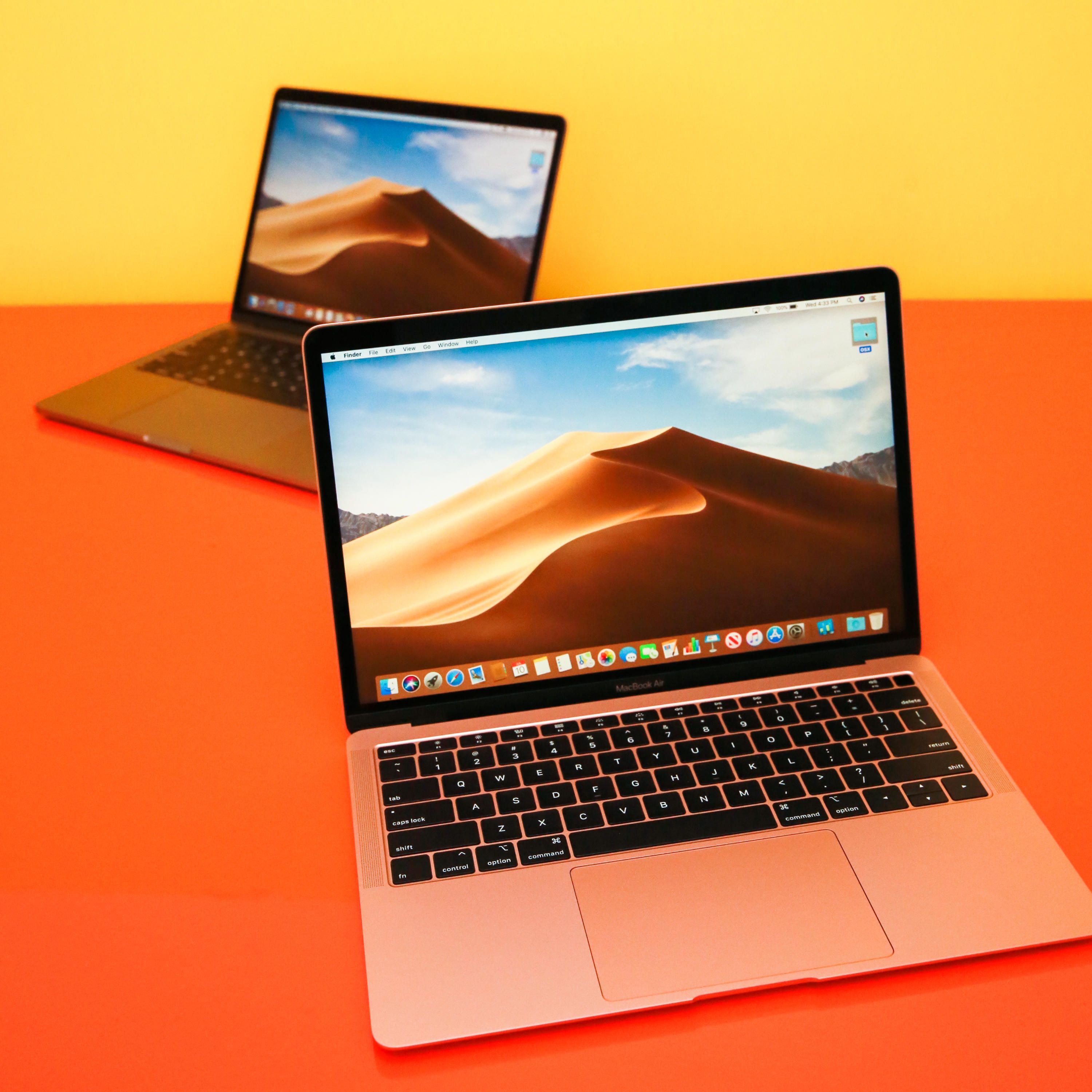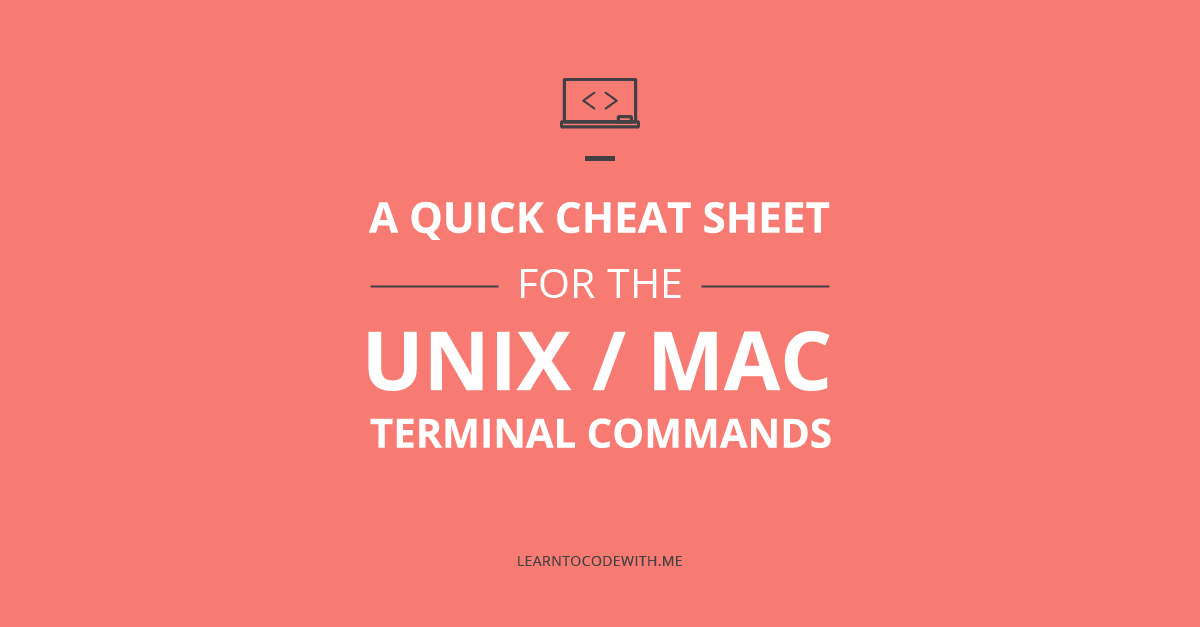
I have a launchd agent that runs a script that saves my IP address to a file in my Dropbox (which, in turn, gets uploaded to Simplenote via Notational Velocity ALT, which lets me know where to ssh into if DynDNS and/or "Back to My Mac" fails to connect me). If you're not a fan of crontab, though, you can use launchd instead.Ĥ. Some people think crontab is the devil, but I still find it useful. I put my iMac's crontab file on Dropbox and wrote a launchd agent that reloads it any time the file has changed ( Download the plist here). (See also my article on mstmp, which mentions putting its configuration file in Dropbox.)ģ. zshrc to Dropbox too, so all of my customizations, aliases, functions, etc. Speaking of soft links, I also linked my. You either need to point a few environmental variables to $HOME/Dropbox/lib instead of $HOME/lib or just make soft links (ln -s), which is what I did.Ģ. This has required a few minor configuration changes.

configure –prefix="$HOME/Dropbox/" & make & make install.Īfter testing that everything works fine on the iMac, I resume Dropbox on the MacBook Pro, and all the files I need (and onlythe files I need) are downloaded. Generally, by the time I want to build it again, there will be a new version of the source anyway), and then I compile it using. When I need to compile a program, I pause Dropbox on my MacBook Pro, ssh to the iMac, download the source (I download the source to /tmp/ unless there's a really good reason to keep it.
#Unix on mac pro#
For example, my iMac is on a "fastest possible" DSL connection, and it has a faster CPU and more RAM than my MacBook Pro (which is on a slower internet connection here at home). This is especially handy if you have one computer that has a faster processor, more RAM or a better internet connection than the others, because you can use that machine to actually build the program, then simply sync it to the others. (Older versions of Dropbox would not sync the "execute" bit, but that hasn't been true for quite some time now.) In practice, I have been doing this for two years and have not had any problems with it. To me, this is actually an argument in favor of using Dropbox, so all those library files are available anywhere Dropbox is linked. It is theoretically possible that you could compile software on Mac #1 that would then fail on Mac #2 because Mac #2 doesn't have the necessary library, etc. Now it's important to note that all of my Macs are running the same version of OS X (10.6).
#Unix on mac install#
configure –prefix="$HOME/Dropbox/" and then doing make and make install as usual. That's when it occurred to me that instead of installing to /usr/local/, I could install to my $HOME/Dropbox/ and have the program "instantly" available on all of my computers. I'd have to find it, download it, configure it, compile it and install it before I could actually do whatever it was that I wanted to do. I became frustrated with installing programs to /usr/local/ because I use two or three different Macs, and I would inevitably find that I was trying to use a program on a computer where it wasn't installed. Normally the answer is /usr/local/, and you would use.

If you compile and install Unix utilities on your own instead of using MacPorts, Fink or Rudix, you will most often be asked where you want to install these utilities to.

I was happy to find instructions for building Tidy under Snow Leopard, but it also reminded me of another way that I've been using Dropbox for some time now.
#Unix on mac update#
I wanted to update my copy of the HTML processing tool Tidy today. Here are five ways that you can use Unix to get more out of Dropbox.ġ.
#Unix on mac for mac os#
Dropbox is already a very powerful utility for Mac OS X, but if you're knowledgable in Unix, you can make it even better.


 0 kommentar(er)
0 kommentar(er)
